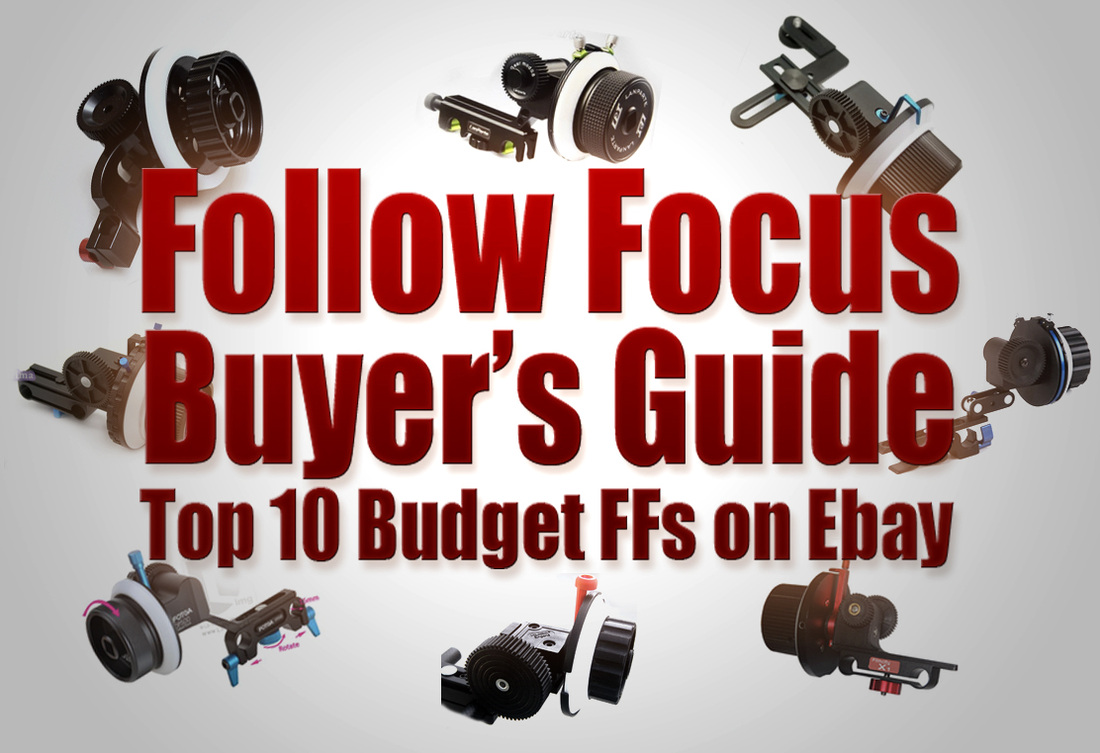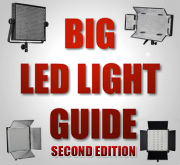Well, YES and NO, it really depends on what is your priority. Pentax produces really sharp images even wide open and doesn’t really need to be stepped down by a stop like Tokina to get a decent sharpness. Contrast, clarity and colours are also really good. On a downside of course is a higher price, no flexibility of a fast zoom lens. There is also quite a lot of red chromatic aberration in many lighting situations, stepping down the lens helps, but you have to be at f/5.6 to get rid of it almost completely, which is less than perfect. And at the end of the day, how much difference does actually f2.5 makes comparing to f2.8. Well not that much really, it’s only a third of a stop and while it does affect the brightness and bokeh a little bit as you’ve probably seen in the test above, alone it’s not worth paying the extra $400 and should not be the reason for choosing it over f2.8 lenses, unless you want to show off.
I don’t need and can’t afford to keep both Tokina 80-200mm f2.8 and Pantax 200 f2.5, so I decided to sell one. Which I’m keeping? Tokina wins for me. Much more flexibility, still really fast at f2.8, it produces very beautiful images and it’s really cheap making it a great value for money lens, which is what I value a lot. One other reason why Pantax had to go, is because it also focuses the same way Nikon lenses do. Most of my lenses focus in the same direction as Canon, so I’m used to such workflow when shooting gorilla style and even more importantly with a follow focus. Pantax could be a great choice for Nikkor lens user and while it’s a bit expensive in my option, comparing to modern lenses, it offers a lot of the money. Like most vintage lenses it’s much more suitable for video work than most modern lenses: great, long through focus ring with hard stops, manual aperture adjustment ( can be adapted to most cameras with a simple, cheap adapter).
While I’m not keeping mine, there is a place for this lens and if you find one for under £400/$700 it might be worth giving it a good closer look.




















 RSS Feed
RSS Feed
